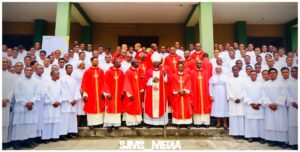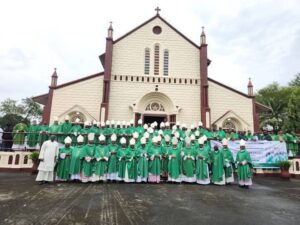THE PREPARATION, THE PROCESS, THE OATH, THE CONCLAVE AND ITS CONCLUSION.
‘Habemus papam’Peter’s Square below, the attendant cardinals first emerge onto the side balconies of the St. Peter’s Basilica facade. The senior cardinal deacon then appears on the central balcony and declares in Latin:
“Nuntio vobis gaudium magnum: Habemus papam” – “I announce to you a great joy: We have a pope.”
IS NAME IS FRANCIS CARDINAL ROBERT PREVOST FROM CHICAGO, AMERICA.
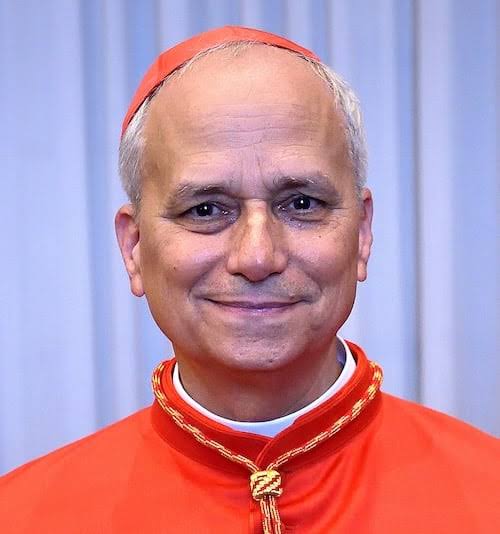
BEHOLD POPE LEO XIV
Peace be with you all! Dear brothers and sisters, this is the first greeting of the Risen Christ, the good shepherd who gave his life for God’s flock. I too would like this greeting of peace to enter into your heart, to reach your families, all people, wherever they may be, all peoples, all the earth.
“To all people, wherever they are, to all the people of the earth,” he continued, in fluent Italian, “may peace be with you.” He is now tasked with delivering it.
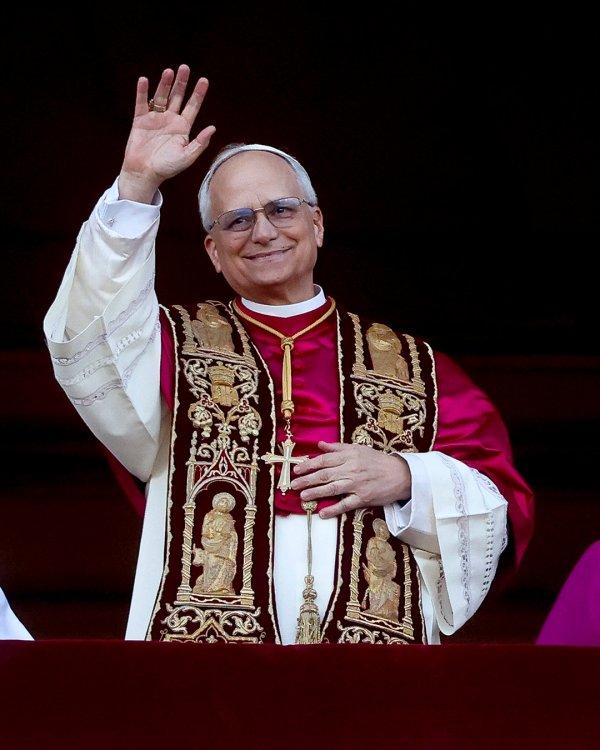
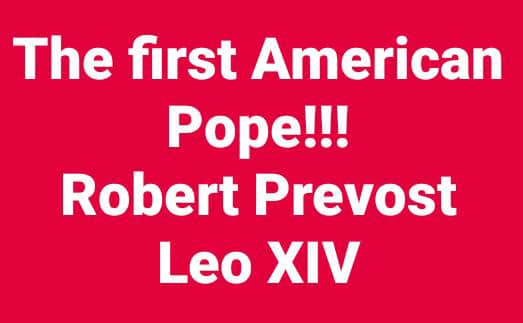
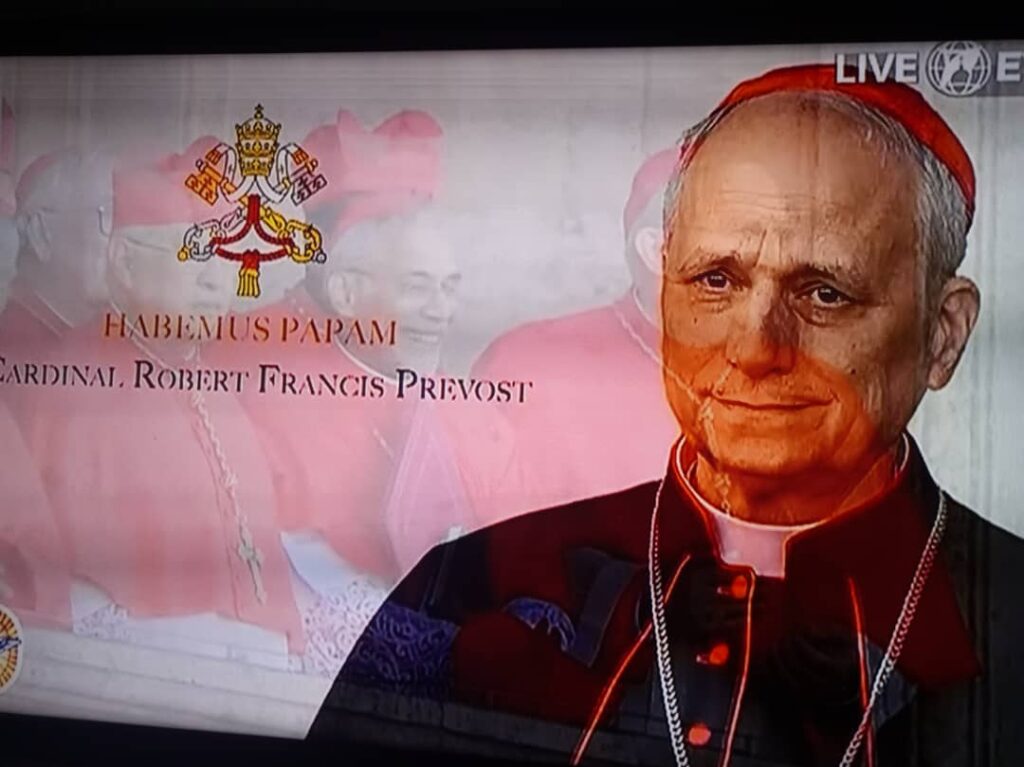
The papal tradition of a cardinal taking a new name as he is announced pope symbolizes his rebirth as custodian of the church. The chosen name often signals the direction the new Pope intends to take. By choosing the name Leo, Prevost was making a powerful statement. Pope Leo XIII, whose turn-of-the-20th century pontificate straddled a period of global upheaval defined by the industrial revolution, was known for his defence of the rights of workers, his advocacy for immigrants and his care for the poor.“In many ways, Pope Leo XIII was very conservative, but on social issues, he was very strong. I’m guessing that Cardinal Prevost wanted to signal his commitment to social justice in the tradition of Pope Francis,” says Brett C. Hoover, a theology professor at Loyola Marymount University in California.



